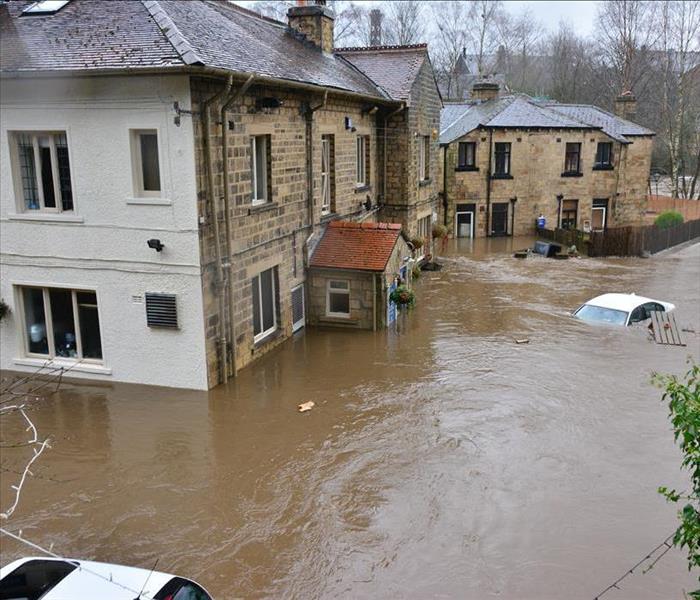Getting Familiar with the IICRC's 3 Categories of Water
6/16/2021 (Permalink)
When we hear the term “water damage,” we often think of leaks, flooding, or appliance overflows. These three different situations, while they are all common issues that often lead to water damage, are unique and each require different cleanup and restoration measures. One factor that sets one water damage incident apart from another is the category of the water involved. Three distinct “Categories of Water'' have been outlined by the Institute of Inspection, Cleaning, and Restoration Certification, a leading force in the restoration industry. Depending on the category under which the water involved in an affected area falls, different restoration measures will be necessary. As a homeowner or business owner, it is important to learn about the IICRC’s three water categories in order to understand the severity of any potential water damage situation, which will help you prevent further damage.
The IICRC’s 3 Categories of Water
The three categories are determined by contamination level. Taking into account both the water’s “originating source and quality after it contacts materials present on the job site,” the IICRC breaks down the differences between each category in their article, “S500 Standard for Professional Water Damage Restoration.” Keep reading for our quick guide to their three water categories.
Category 1- Clean Water
The first of the categories is the kind of water that is commonly referred to as “clean water.” Its originating source is sanitary, which means that exposure to Category 1 water would not cause any harmful health effects. Rainwater falling from the sky, uncontaminated ice or snow, and leaking water from broken supply lines are examples of types of water that fit into Category 1. According to the IICRC, contamination levels can increase in response to exposure to temperature and time. As a result, Category 1 water can worsen in sanitation, slipping down into the more contaminated Category 2 water. An odor that accompanies the water is frequently a sign that “clean water” has transformed into “gray water.”
Category 2- Gray Water
When water has regressed to Category 2, it has gained significant contamination. Ingestion of or exposure to Category 2 water can cause adverse health effects in humans, ranging from discomfort to illness. Falling under the category of “gray water” is water from washing machine overflows, dishwasher discharge, and toilet bowl overflows. Some additional and unexpected types of water, including punctured water beds and broken aquariums, are also examples of Category 2 water. “Gray water” that undergoes further contamination can quickly develop into “black water,” which presents a dangerous situation.
Category 3- Black Water
The IICRC defines Category 3 water as “grossly contaminated.” This presents serious concerns for the health of humans, as it risks exposure to “harmful agents” like toxins and pathogens that may be present in the water. The types of water that are classified as Category 3 include sewage as well as runoff from seas or rivers and weather events like hurricanes and tropical storms. In order to effectively minimize health and safety risks, it is best to contact a professional for help when dealing with Category 3 water.
We Possess the Expertise That You Need
Here at SERVPRO of Metro Pittsburgh East, we are equipped with the expertise that you need to quickly and effectively restore your property after any water damage scenario. Each of our team members undergoes full training through an IICRC-approved school, SERVPRO Industries Inc. The services that we provide, therefore, align with the IICRC’s S500 standards for water damage and are specifically tailored to the category of water that has impacted your home or commercial building. As soon as you first notice water damage on your property, give us a call at (412) 672-5400 for expert water damage services. We offer numerous Water Damage Restoration Services with a variety of techniques, which are outlined in our Water Brochure. Specialized services, such as Sewage Cleanup, are also available. We know firsthand just how confusing and stressful water damage situations can be in residential and commercial properties alike, which is why our goal is to restore your property to its preloss condition, helping you get things back to normal after any disaster, big or small.





 24/7 Emergency Service
24/7 Emergency Service
